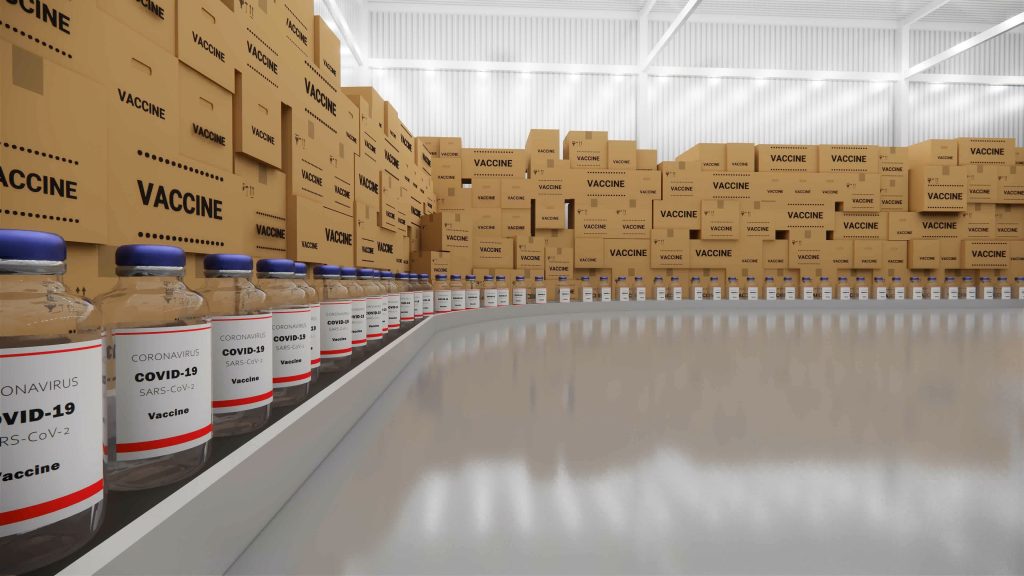Like the majority of vaccines, the effectiveness of Covid-19 doses requires cold storage. This means supply chain players must take the necessary measures to ensure that storage conditions are maintained at the right temperature for the entire journey, from manufacturers to immunisation centre, says Benjamin Brown, client success manager at Sigfox
Cold chain monitoring is not a novelty and has been addressed by telecommunications technology providers for many years. However, these have been with limitations that were commercially or operationally blocking in given scenarios (namely cost of and skills required for installation and operations), including vaccine distribution. IoT technologies addresses these limitations and, providers such as Sigfox, are supporting the delivery of vaccines globally.
Avoiding vaccine losses using IoT sensors and solutions
If Covid-19 vaccines are exposed to temperatures outside the range prescribed for storage and transport at any point en route from the manufacturer to the recipient, they could become unusable.
This frequently happens if cold chain storage and transport is mismanaged and can result in high financial losses, but with Covid-19 vaccines the risk is even greater, as affected vaccines could hinder recovery and a return to normal for the worldwide population.
Prior to 2020, failures in temperature-controlled logistics cost the pharmaceutical industry an estimated $35 billion (€29.04 billion). However, when the global rollout of vaccines started in late 2020, that figure was expected to rise significantly this year, due to the specific and different temperature requirements abut also the additional costs that are now being invested in temperature monitoring.
Aside from financial losses, health departments, hospitals and pharmacies will also be adversely affected as they will still need to find resources to manage the disposal as well as subsequent procurement, inventory management and reporting.

Thankfully, the healthcare industry can rely on communication technologies to provide them with the full visibility of vaccine status.
In terms of newer technologies, sensors relying on IoT networks can be fitted to packages or pallets to collect data throughout the supply chain. These IoT sensors increase visibility and, in some cases, are already used for pharmaceuticals to identify weak links along the supply chain, such as revealing a recurring location where temperature excursions occur and pinpointing the responsible supply chain member to resolve that for future shipments.
But solutions that only monitor trucks, instead of the packages themselves, are not as useful since temperature checks are only possible when the truck is loaded or unloaded. Rather than being able to identify when a change in temperature occurred and why, and more importantly what portion of the cargo was affected, those IoT solutions only identify if a temperature change occurs during transportation.
IoT sensors that use a 0G network to collect and send their data can be retrofitted directly onto the packages themselves, to monitor individual temperature status from start to finish. By using this type of sensor, the temperature of each package is continually monitored, ensuring there is no fluctuation in approved temperature range from factory to the final destination.
Plug and play IoT to the rescue for developing countries
The safe and timely distribution of vaccines is an even greater challenge for developing countries where temperatures are often higher, including sub-Saharan Africa, South America and Asia.

This is not the only issue for developing countries though as solutions traditionally used for cold chain monitoring, which is based on WiFi, Bluetooth, 4G/LTE connectivity, are often unaffordable and require specific skills sets to deploy and maintain.
Whereas, IoT solutions that have been designed as plug and play, including Sigfox’s 0G network, can help clear the cost hurdles and skills gaps because here is a very limited need to invest in training or additional resources to implement compared to its technology counterparts.
0G network IoT solutions can be used to better monitor stocks in developed, and all other, countries so that a smoother redistribution of any surplus vaccines can be undertaken, which can only support the global distribution of vaccines bringing the world one step closer to the end of this pandemic.
The author is Benjamin Brown, client success manager at Sigfox
Comment on this article below or via Twitter: @IoTNow_OR @jcIoTnow









